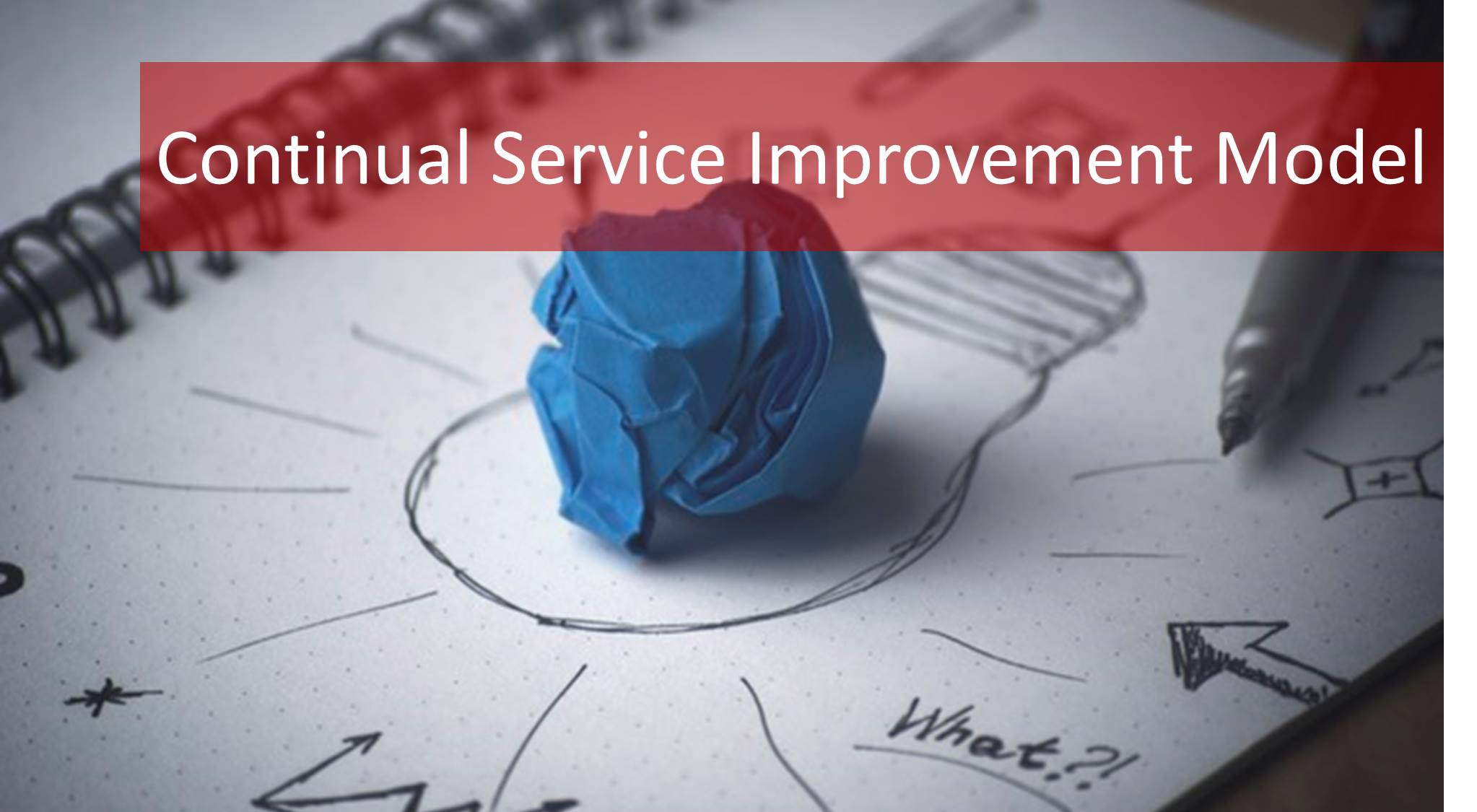Let’s ask an important question from ITIL Foundation exam: What is Continual Service Improvement? Continual improvement is a primarily metrics-driven way to identify gaps for improvement and to measure the impact of such improvements. The ITIL course teaches us that ITIL CSI is a stage in the ITIL Lifecycle, but in fact, it covers the whole ITIL […]
Author: Leanie Louw

Defects per Opportunity: 5 Steps to Caluculate DPO
There are many important metrics in Six Sigma, all of which are discussed at length in Lean Six Sigma Green Belt training. A few of these metrics deal with defects. As free Six Sigma courses will also emphasize, the Six Sigma principle is all about reducing the number of defects that a process delivers. That […]
IT Architecture Design: The Solid Foundation of ITIL Services
IT Architecture Design is one of the important aspects of Service Design as explained in ITIL training. The purpose of IT architecture is to build a solid foundation on which new services or updates of existing services can be built – similar to building a solid foundation for a new building. The work of architectural […]

Capacity Management: How Does it Fit into ITIL Service Design?
The dictionary definition of capacity is the ability to receive or contain. Or more specifically, the maximum amount or number of things that can be received or contained. From an ITIL foundation training point of view, capacity has a similar meaning as well. Capacity in IT service level management defines the upper limits of a […]

Service Management Has Two Faces, Do You Know Who Are They?
In IT service management, as taught in online ITIL courses, the IT service provider comes into contact with the business, business units, suppliers and the customer throughout the ITIL service lifecycle. During each of the five ITIL lifecycle stages, which are intrinsically interlinked, there are two main entities in the IT service provider structure who […]
